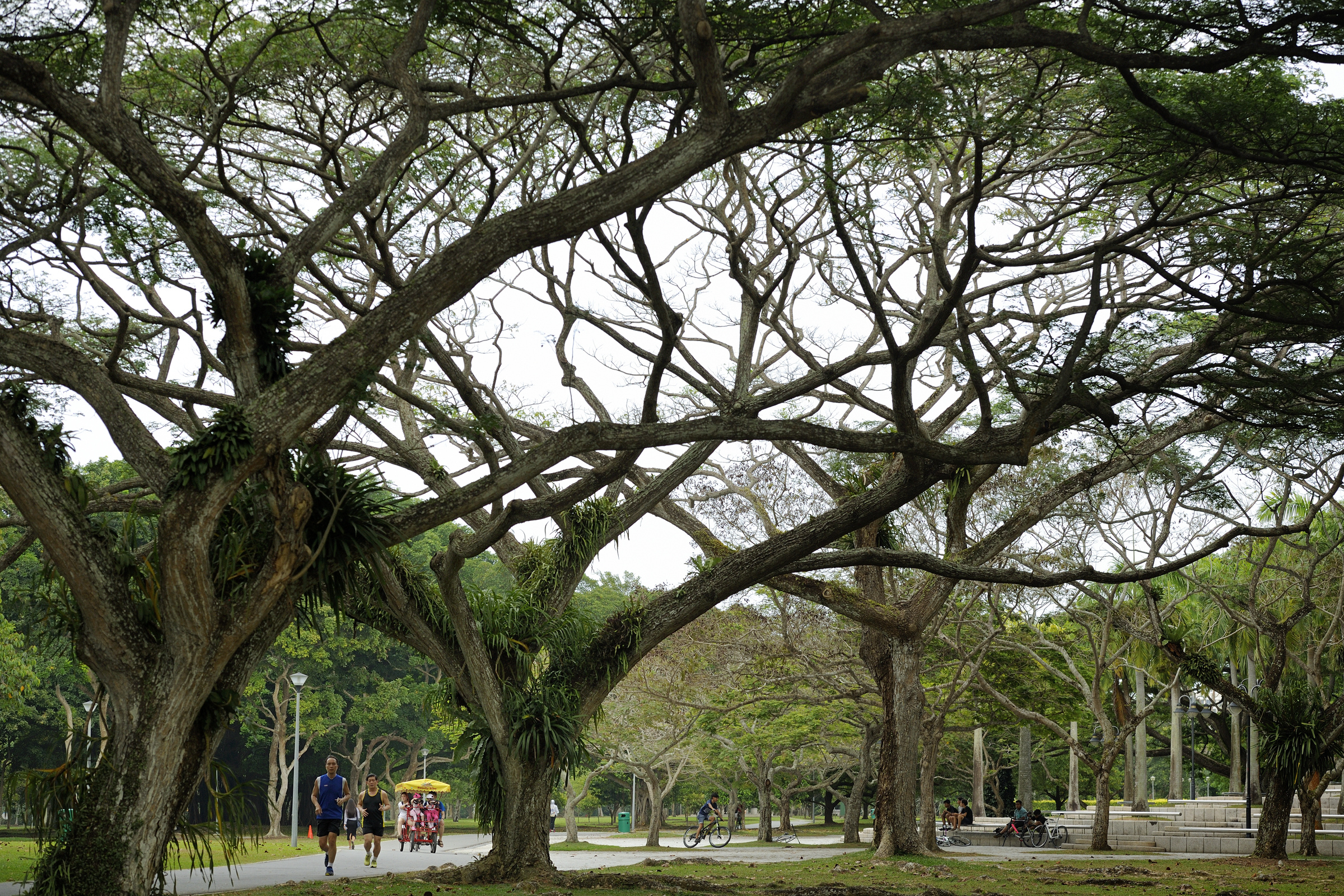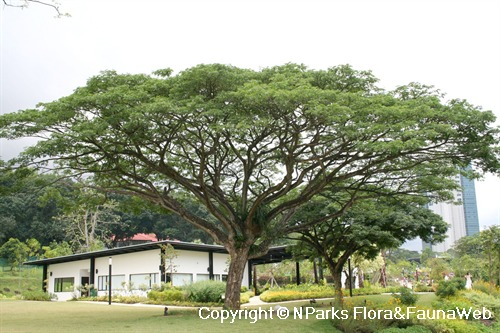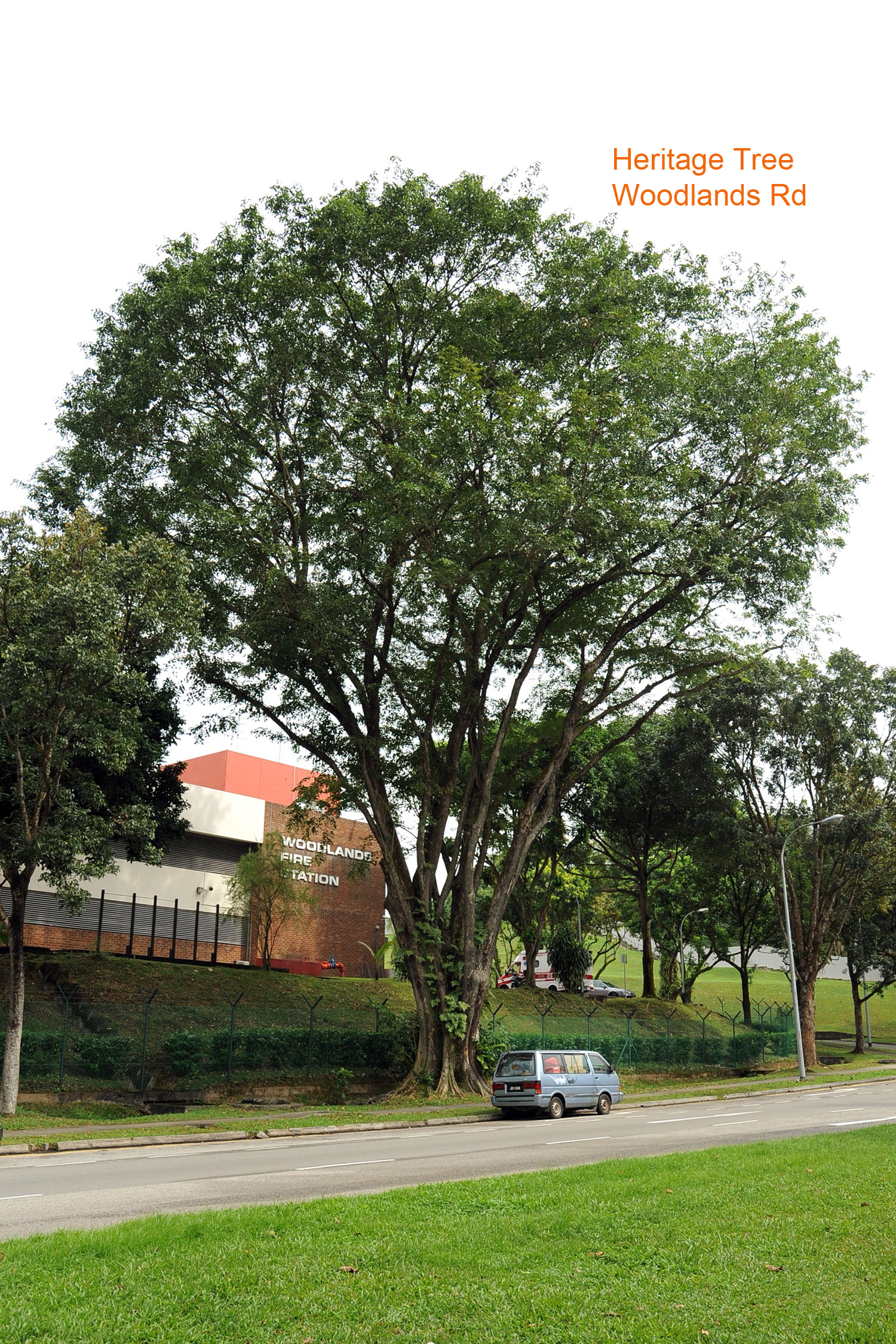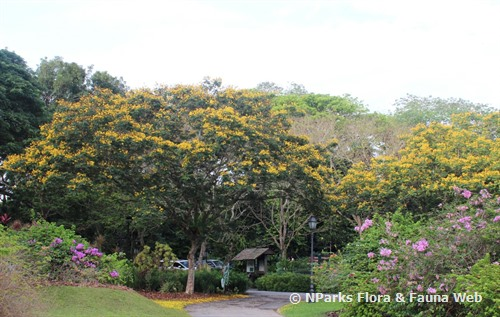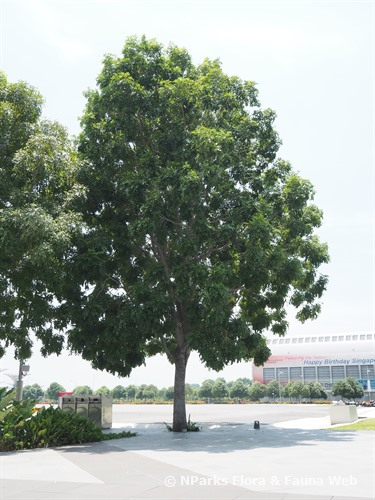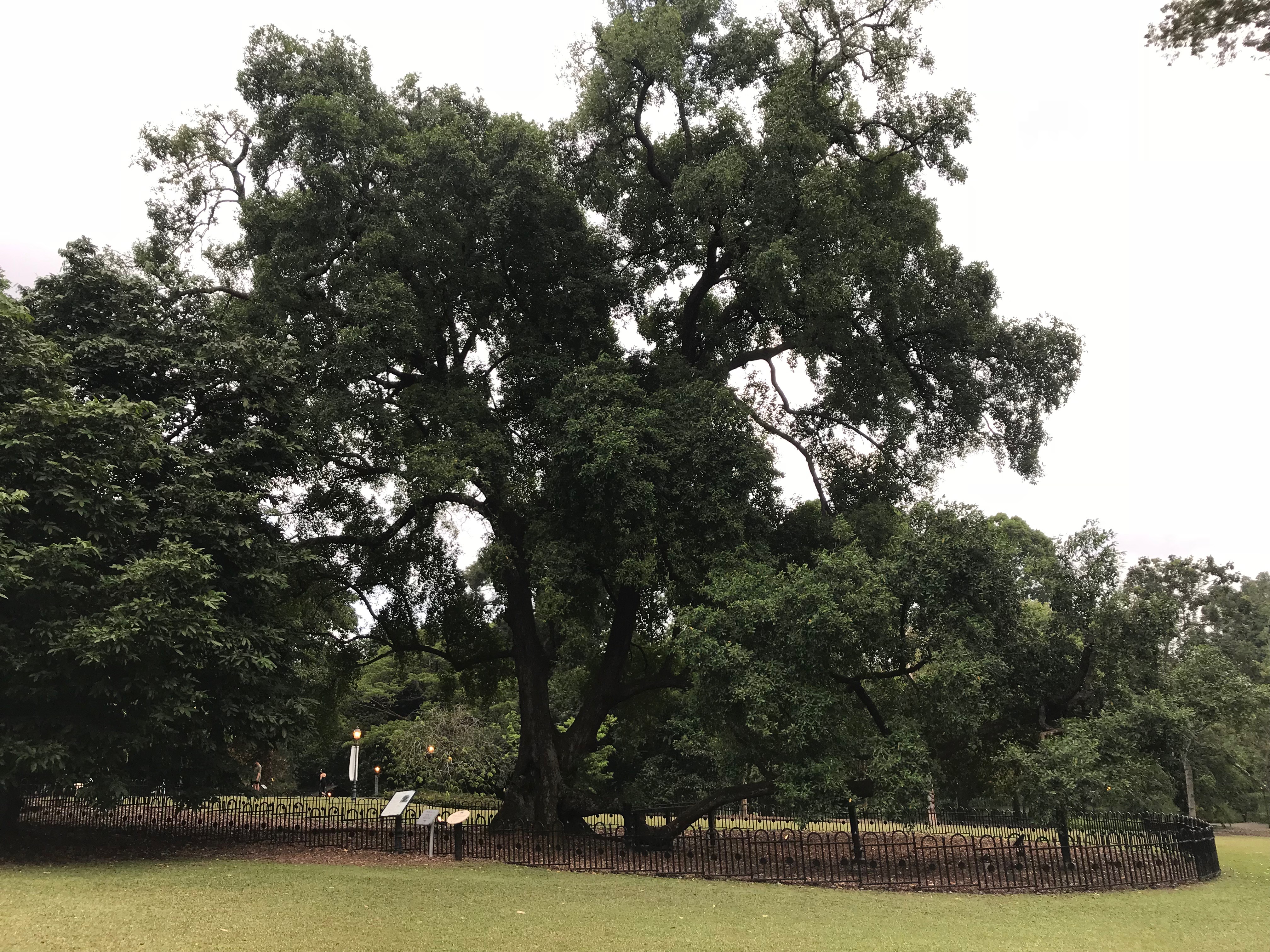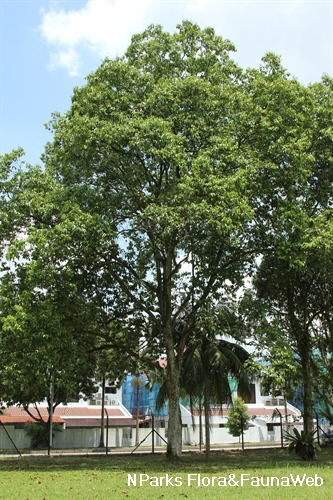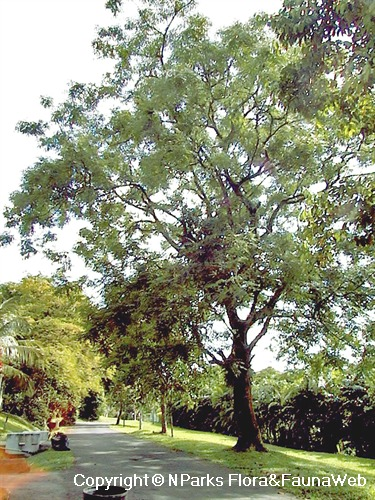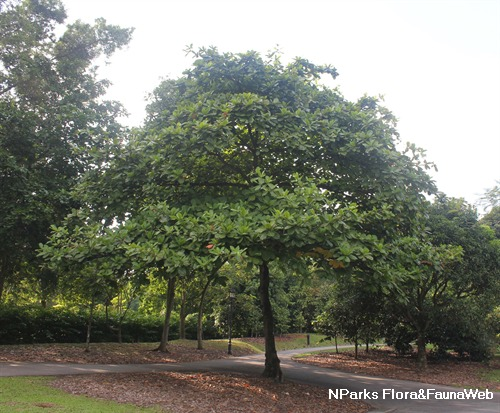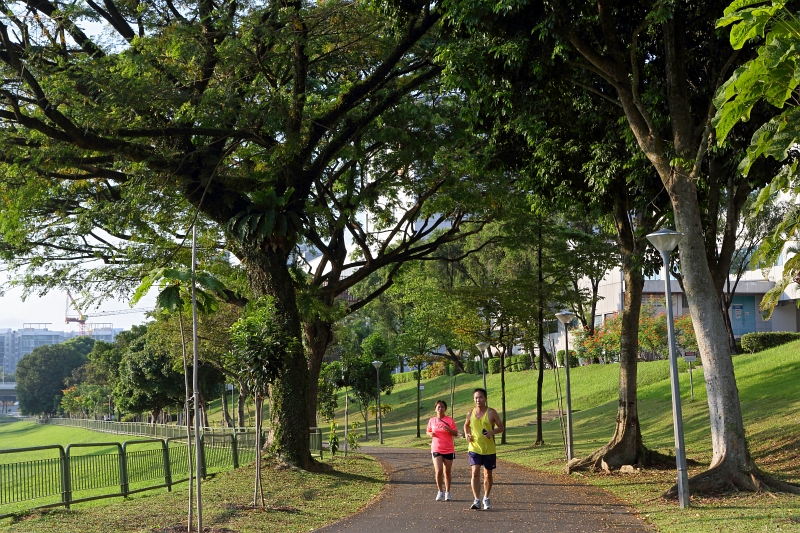Trees actually provide us with many environmental, social and economic benefits. Here are six reasons why we should continue to plant and care for the trees in our City in a Garden.
1) Trees improve our urban environment
Trees reduce ambient temperatures in our city and are known to improve air and water quality. Trees also reduce the strain on our stormwater drainage network by capturing some of the falling rain with their leaves and increasing the capacity of soil to absorb rainwater.
2) Trees help fight climate change
Trees reduce greenhouse gases when they take in carbon dioxide from the atmosphere and store it as wood.
3) Trees increase urban biodiversity
Trees mitigate the loss of biodiversity that usually occurs during urbanisation. They provide habitats for certain groups of native wildlife and their large branches support native climbers, ferns and orchids. Trees also form green corridors for native wildlife to move from one area to another.
4) Trees enhance community well-being
Trees bring people together, in urban parks and gardens, to bond and enjoy recreational activities. Studies have also shown that exposure to greenery improves the attention and cognitive functions of students whereas office workers benefit from enjoying a green view as it can help boost effectiveness and satisfaction at work.
5) Trees benefit our health
Humans are inclined to seek connections with nature and other living things. Trees and green spaces benefit our physical and mental health.
6) Trees aid our economy
Studies have shown that commercial locations with trees experience better retail volume and the presence of trees can increase property value. By lowering ambient temperatures, trees also help businesses save on air conditioning bills.
Text edited by Felix Siew




